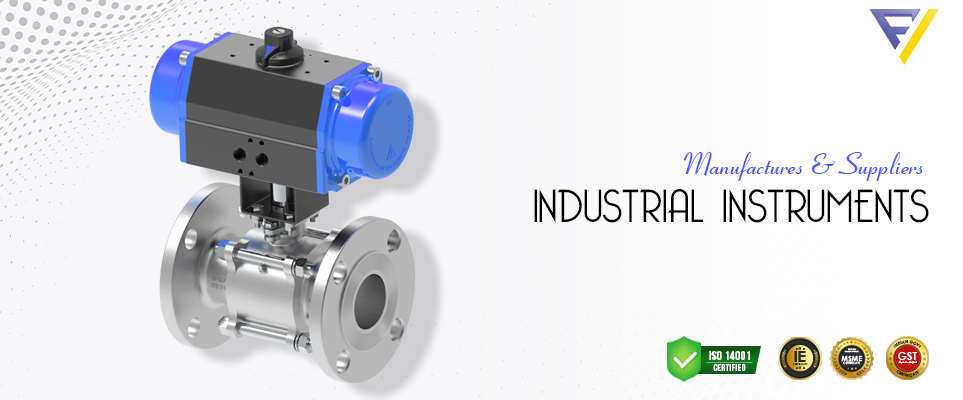Pneumatic Segment Ball Valves are widely used in the industry to provide a tight seal and easy operation. As the name suggests, these valves have a ball split into three segments. When the valve is open, the ball rotates so that the segments align with the fluid flow. This allows for an unobstructed flow. When the valve is closed, the ball rotates, so the segments block fluid flow.
Pneumatic Segment Ball Valves are often used to control the flow of air, gas, and oil. They are also commonly used in process control applications. Pneumatic Segment Ball Valves are available in various sizes and materials to suit your application needs.
Pneumatic Segment Ball Valve Specification
| Size | : | 1/2”-10” DN15-DN500 |
| Pressure | : | "150" | PN10-PN16 |
| End Connection | : | Flange (FF, RF), Wafer |
| Body Material | : | WCB, CF8, CF8M |
| Ball Material | : | CF8 / CF8M + Cr / SFNI / Tungsten Carbide (WC) / Chromium Carbide |
| Seat Material | : | 304/316+hard alloy overlaid, 304/316+PTFE |
| Stem Material | : | SS410, SS304, SS316, 17-4PH |
| Design Standard | : | ASME B16.34 |
| Face to Face Standard | : | MFR STD |
| Test Standard | : | ASME B16.104 |
| Temperature Rangel | : | -29°C~150°C |
| Actuator Options | : | Pneumatic |
| Ends | : | Lugged |
| Port | : | STANDARD [Round], Optional V Port, Diamond Port |
Segmented Ball Valve Applications
- Slurry and Viscous Fluid
- Powder and Particles in Fluid
- Chips and Fibers in Pulp and Paper Process
- Flow Control
- Pressure Control
- Steam, Gas and Liquid
Body Material
- Cast Carbon Steel
- Stainless Steel
- Duplex Alloy Material
- Titanium
- Hastelloy
- Inconel
- Monel
- Alloy 20







